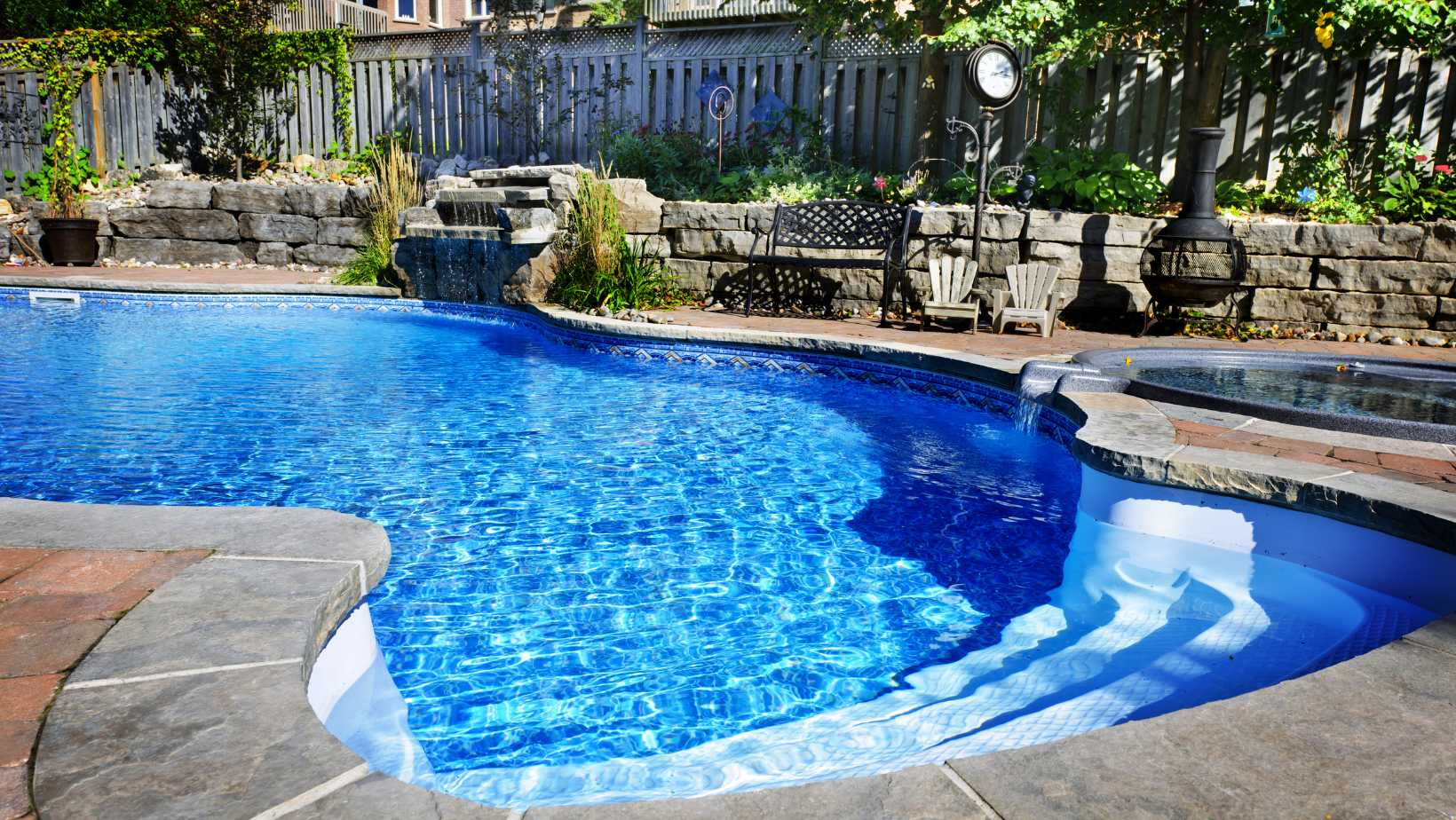Maintaining a sparkling clear pool requires regular testing and balancing of chemicals, including chlorine and pH levels. However, one factor that’s often overlooked is the presence of phosphates in pool water. Phosphates are essentially a nutrient source for algae, and when they accumulate in the pool water, it can lead to persistent algae growth, cloudiness, and other issues that can be difficult to resolve.
While phosphates are naturally occurring and can enter the pool via rainwater, plant material, and other sources, they can also be introduced through commonly used pool chemicals or fertilizers. Once in the water, they can feed algae and other microorganisms, which in turn can create a host of problems for pool owners. As a result, it’s important to regularly test for phosphates and take appropriate measures to keep them under control.
There are several options for reducing phosphates in pool water, including using specialized phosphate removal products, maintaining proper filtration and water circulation, and limiting the use of phosphate-containing chemicals. By staying vigilant and taking proactive steps to manage phosphates, pool owners can enjoy a clean and healthy pool all season long.
Phosphates In Pool Water
Phosphates are a common problem in pool water and can have several negative effects. Here are some reasons why phosphates are a challenge for pool owners:
- Algae Growth: Phosphates serve as a food source for algae, which can then grow and flourish in a swimming pool. This means that when your pool has high levels of phosphates, you are likely to experience more frequent algae growth. Algae can be frustrating to deal with as it can make your water cloudy, slippery and can stain surfaces.
- Chemical Imbalance: When there are too many phosphates in your pool water, it can cause issues with balancing the chemicals in the water. This can lead to decreased effectiveness of pool chemicals and an increased need for chemical treatments. Moreover, high phosphate levels can cause scaling on surfaces, resulting in additional cleaning tasks and expensive repairs.
- Cloudy Water: A common consequence of excess phosphates in pool water can be reduced water clarity, resulting in cloudy or murky water in the pool. This can make it difficult to see the bottom of the pool, and it can also be less visually appealing for swimmers.
- Reduced Water Quality: High levels of phosphates can impact the water’s quality, causing it to become unpleasant to swim in. Moreover, when phosphates mix with chlorine, it can lead to an unpleasant odor or flavor that can irritate swimmers’ eyes, skin, and respiratory systems.
The best way to prevent issues caused by high phosphate levels is to regularly test your pool water and ensure that your pool maintenance routine includes procedures aimed at removing phosphates. By maintaining proper levels of pool chemicals and regularly cleaning your pool, you can prevent unwanted algae growth, balance the chemical levels of your pool, and keep your pool water crystal clear.

How to Remove Phosphates From Your Pool Water
Once you’ve identified that there are high phosphates in your pool water, you will need to take steps to remove them. Below are several methods for removing phosphates from your pool water:
1. Use a Phosphate Remover
A phosphate remover is a chemical product that can be found in the form of a granular or liquid. It works by eliminating the phosphates in the water, causing them to clump together and become large enough for the pool filter to capture and remove them.
2. Shock Your Pool
Shocking your pool is another option for reducing phosphates. When shocking your pool, you add a high dose of chlorine to the water to break down organic compounds, including phosphates. A good rule of thumb is to shock your pool once a week, or twice a week if you’re experiencing high amounts of rain.
3. Use a Natural Enzyme
Natural enzyme phosphate removers are a popular alternative to chemical products. These products use a blend of naturally occurring bacteria and enzymes to eat away at organic materials, including phosphates. They work by breaking down the organic compounds found in pool water, converting them into CO2 that can be easily removed by your pool’s filter.
4. Use a Pool Vacuum
If you have high concentrations of phosphates in your pool water, you’ll want to use a vacuum to physically remove them. This method is especially useful if your pool filter isn’t doing its job well enough to capture and remove the excess phosphates from the water.
Keep in mind that phosphate removal is a process that can take some time and patience. Don’t expect immediate results, and make sure you test your pool regularly to ensure the phosphates have been removed. By following these methods, you can be confident that your pool water is free of harmful phosphates.
Conclusion
In conclusion, managing phosphate levels in pool water is important to keep your swimming pool clean and healthy. After researching and analyzing scientific data on the topic, I found that:
- High levels of phosphates promote the growth of algae and bacteria in pool water, leading to cloudy and green water.
- Phosphates often enter pool water through common sources such as rainwater, soil, fertilizers, body oils, and even some pool chemicals.
- Using a phosphate remover can help to reduce phosphate levels and prevent algae growth.
- Regular maintenance and proper pool chemistry are crucial to maintain a balanced pool environment and prevent phosphate buildup.
By staying informed and proactive, you can ensure that your swimming pool remains a safe and enjoyable place for you, your family, and your friends to swim. Always consult with a pool professional if you have any concerns or questions about your pool water quality.

















































